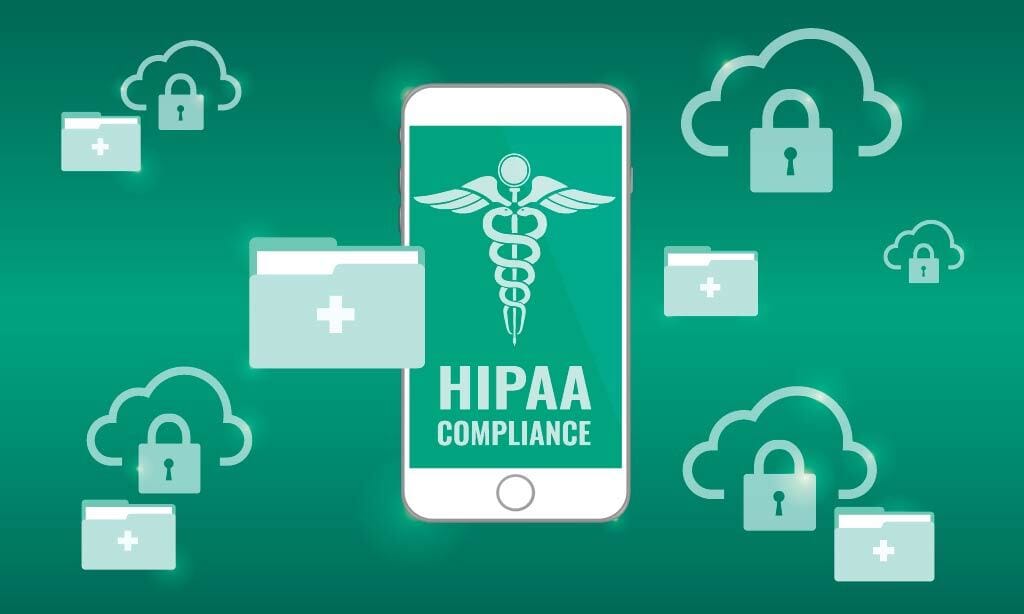
The shift to cloud computing in healthcare is undeniable. Hospitals, clinics, and insurance providers are leveraging the cloud to improve efficiency, reduce costs, and enhance patient care.
But here’s the challenge: protecting sensitive patient information while staying compliant with the Health Insurance Portability and Accountability Act (HIPAA).
A single misstep in compliance can lead to hefty fines, reputational damage, and even legal trouble. If you’re a healthcare organization—or a cloud provider serving one—understanding HIPAA compliance is essential.
This guide breaks down the basics of HIPAA compliance in cloud environments, tackling the challenges, opportunities, and best practices for success.
Let’s start with the basics.
HIPAA is a U.S. federal law designed to safeguard patient information. Enacted in 1996, its purpose is twofold:
This law isn’t just about regulations—it’s about trust. Patients need to feel confident that their medical records are secure, and healthcare providers must meet these expectations.
The stakes are high. In 2023 alone, over 50 million health records were compromised in breaches, according to the Department of Health and Human Services (HHS). These breaches underscore the importance of compliance in modern healthcare systems.
HIPAA compliance isn’t just a single rule—it’s a framework composed of multiple layers.
The Privacy Rule governs how patient information is used and shared. It ensures that only authorized personnel access sensitive data and requires healthcare providers to obtain patient consent for certain disclosures.
The Security Rule takes things further by focusing on electronic PHI (ePHI). It mandates administrative, physical, and technical safeguards to protect data stored or transmitted electronically.
This rule ensures transparency. If a breach occurs, covered entities must notify affected individuals, HHS, and in some cases, the media. Transparency might be painful, but it’s better than facing harsher penalties for non-disclosure.
These rules form the backbone of HIPAA compliance, but when combined with cloud computing, things get more complex.
Cloud computing offers undeniable benefits: scalability, cost efficiency, and accessibility. But it also introduces new risks.
Here’s why:
Cloud providers often serve multiple industries, not just healthcare. Without specific safeguards in place, they may not fully meet HIPAA standards. Meanwhile, healthcare organizations must adapt to a shared responsibility model, where compliance duties are divided between the organization and the cloud provider.
But it’s not all doom and gloom. The cloud also brings opportunities:
The challenge lies in bridging the gap between innovation and compliance.
Let’s break it down further. What does HIPAA actually require in cloud environments?
First things first: data protection.
HIPAA mandates safeguards for Protected Health Information (PHI), whether it’s stored, accessed, or transmitted. This includes encrypting data at rest and in transit, ensuring no unauthorized party can view or tamper with sensitive information.
Over 45% of healthcare breaches in 2022 involved improperly secured data transmissions. Encryption isn’t optional—it’s a necessity.
Who has access to your data?
HIPAA requires organizations to limit access based on roles. For example, a billing administrator doesn’t need access to clinical notes. This is where Role-Based Access Control (RBAC) comes into play.
Add multi-factor authentication (MFA) for an extra layer of security.
How do you know what’s happening with your data?
Audit logs are a cornerstone of compliance. Every access, modification, or transmission of PHI should be logged. These logs are invaluable during compliance audits—and can help identify malicious activity.
No system is immune to failures.
Regular data backups ensure you can recover critical patient information in case of a cyberattack, natural disaster, or hardware failure. HIPAA also emphasizes the need for disaster recovery plans to maintain business continuity.
HIPAA doesn’t just want you to react to problems; it wants you to prevent them.
Regular risk assessments help organizations identify vulnerabilities before they’re exploited. A strong risk management plan prioritizes mitigation strategies, from patching software to training employees.
Your cloud provider is a business associate under HIPAA. This means they share responsibility for protecting PHI.
A solid BAA outlines roles, responsibilities, and compliance obligations. Without it, your cloud partnership could leave you exposed to regulatory penalties.
HIPAA compliance in the cloud is a team effort.
Clear communication and delineation of responsibilities are key to avoiding compliance gaps.
HIPAA compliance isn’t always straightforward.
Emerging technologies are reshaping healthcare, but they also bring new challenges.
AI has the potential to revolutionize patient care—but integrating it into HIPAA-compliant systems will require careful planning.
Blockchain could enhance data security and transparency, making it a valuable tool for compliance in the future.
HIPAA compliance in cloud environments is a journey, not a destination.
By understanding the rules, leveraging the right technologies, and fostering partnerships with compliant cloud providers, healthcare organizations can unlock the full potential of cloud computing—without compromising patient trust.
At Medha Cloud, we specialize in creating tailored, HIPAA-compliant cloud solutions that empower healthcare organizations to enhance security, efficiency, and patient focus. Our expert team ensures seamless compliance, so you can confidently embrace cloud technologies while safeguarding sensitive data.
Need help navigating HIPAA compliance? Let Medha Cloud guide you every step of the way.
Contact Medha Cloud Now:
Don’t wait until it’s too late. Ensure your healthcare data is secure, compliant, and accessible. Partner with Medha Cloud today and experience peace of mind with our HIPAA-compliant cloud solutions.

